Your life looks great on the outside
You’ve accomplished a lot
And you may have even surpassed what you believed was possible…
But, on the inside, you…
- Have no idea what you want anymore
- Wish you felt more alive and engaged in life
- Feel like everything is out of control
- Feel guilty all the damn time without really knowing why
- Feel empty, crappy, ambivalent, or lost
- Struggle dealing with secret “messes” in your home, career, relationships or health
But something (or someone) is blocking the way and you can’t quite put your finger on it…
If you only knew what it was, you’d face it, deal with it and move on…
Because let’s be inside honest.
You’ve handled everything this far alone, so you’ll find a way through this… somehow. But wouldn’t it be nice if you didn’t have to figure this all out alone?
You’ve believed for a long, long time that you had to walk this path alone because no one really understands what it’s like to be you. And sure, that worked for you up until now. But if that was still working, you wouldn’t be here, seeking a guide to help you face what stands in the way of the person you are today and the type of person you know you can be.
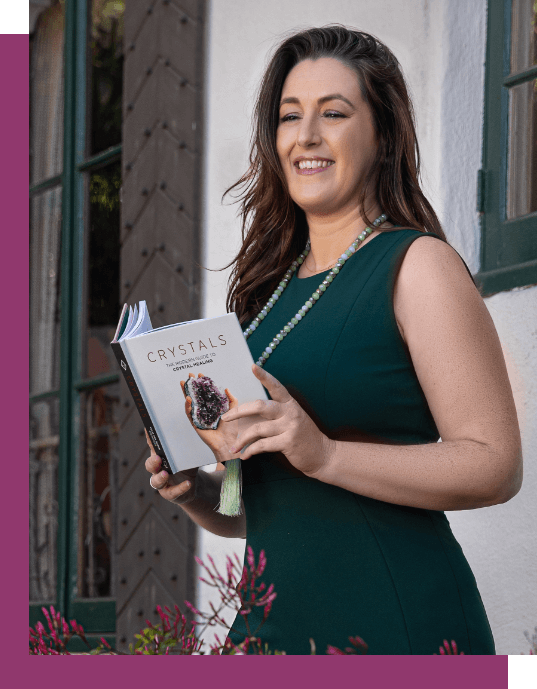
Reviews from Clients
If your life looks great on the outside, but feels like crap on the inside,
let’s talk
When seekers and high performers on epic soul journeys go it alone, they often…
- Find it difficult to hear their intuition or trust gut feelings
- Are tired of dealing with constant conflict at work or at home
- Think their way through life instead of feel their way through
- Feel guilty all the damn time about almost everything
- Find it difficult to relax or de-stress
- Feel ambivalent or apathetic towards life despite achieving a high level of success
- Resist taking care of themselves even though they feel like crap
- Find it difficult to end toxic relationships and leave soul crushing careers
- Have no idea what they want anymore
- Lack a sense of meaning or purpose in their lives
- Want to create a different/better life for themselves but don’t know where to start
You deserve more and so much better in your life. Because you’re the kind of person who isn’t afraid to explore, to challenge yourself and to grow into the person you know you can be.
You’ve believed for a long, long time that you had to walk this path alone because no one really understands what it’s like to be you. And sure, that worked for you up until now. And if that was still working, you wouldn’t be here, seeking a guide to help you face what stands in the way of the person you are today and the type of person you know you can be.
You can step up and into the life you were born to lead without feeling guilt or shame, or staying trapped in dysfunction, hidden messes and other bullshit. By having a trusted guide to hold you to your vision and provide you with actionable and relevant tools, you’ll realize the YOU you know you are meant to be and heed your calling.
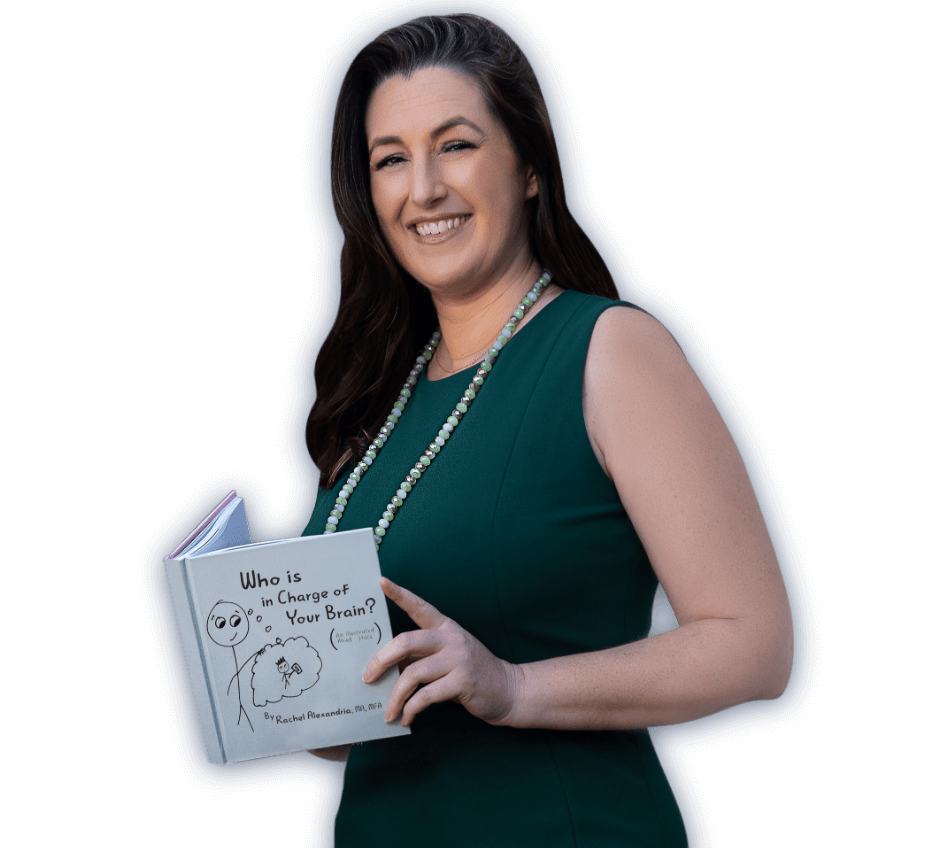
If your life looks great on the outside, but feels like crap on the inside,
it’s time for us to talk.
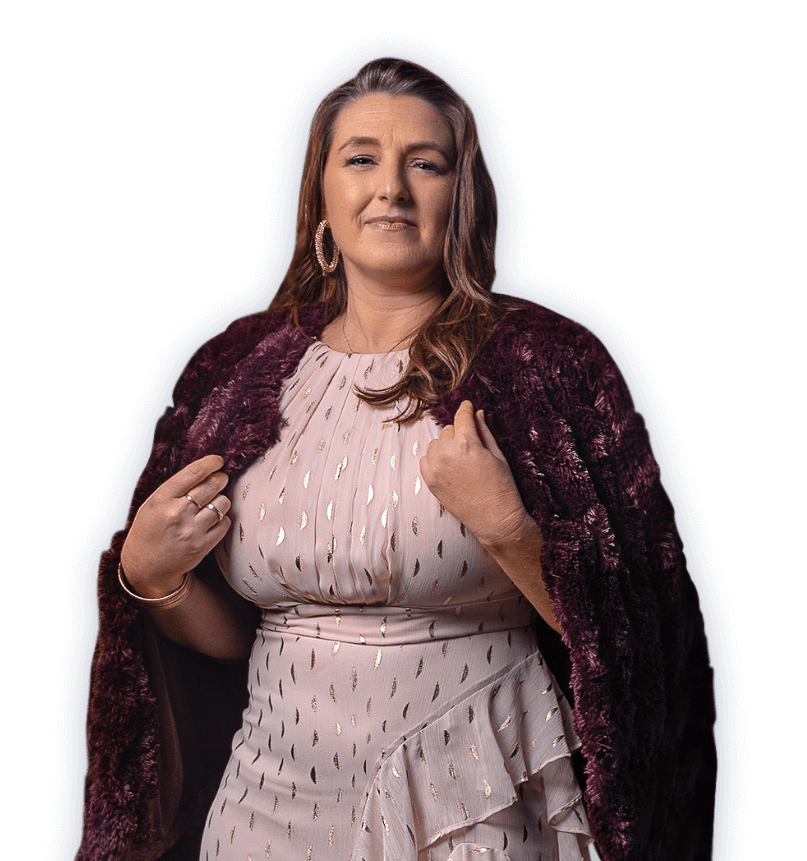
Hey there! I’m Rachel and
I want you to know…
There Is Nothing Wrong with You..
Who will be there for you every step of the way…
So you become the YOU you always knew you could be.
I’m the guide you’ve been looking for…
I know what it’s like to be different. To be a seeker and high performer with a sensitive side. You want to live life your way.
Seekers and high performers with big hearts like us have a challenging path to navigate in a world that loves labels and quick fixes. Because we stand out in front of others, we are often hard on ourselves and find it difficult to feel a sense of belonging and deep connection with others. We lose our own connection to self and fall hard for labels and the shame that comes attached.
I get you!
I have been living a life outside the “norm” since the day I was born. I was a very sick kid. Every breath was an effort and this forged a patience and latent spiritual gifts that made me “see” things differently. I know what it feels like to be on the outside.
I discovered working with clients over the past fourteen years (eight years as a licensed psychotherapist) that it doesn’t need to take years to get all the baggage out of the way so people can live the kind of lives they want. In fact, I’ve facilitated and witnessed radical transformations take place in a single session over and over again. This is how I became dubbed a Soul Medic.
Using energetic tools combined with my intuitive insights make me different from a therapist while my knowledge of the psyche and the intricacies of emotions make me more than just a coach.
If your life looks great on the outside, but feels like crap on the inside,
let’s talk.
You’re Not Broken
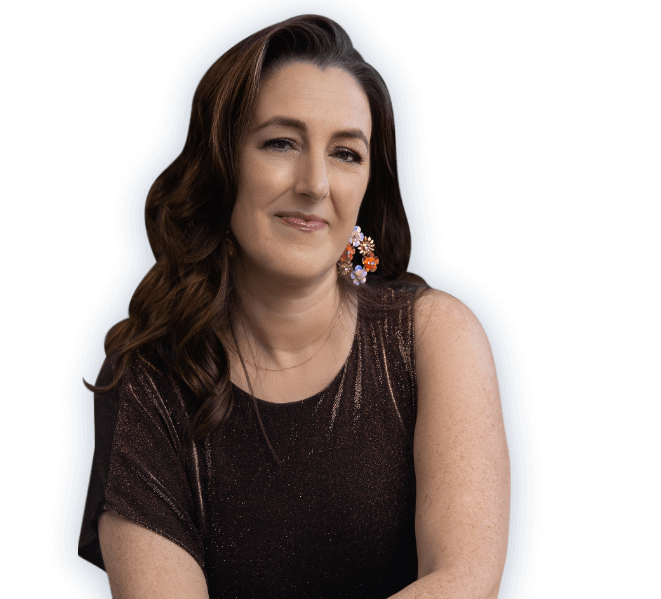
Part science, part psychology and part art (with a hint of magic), I provide empowering tools and guidance that culminate in transformative experiences that coaches and therapists simply can’t touch. You don’t have to commit to long contracts to experience a transformation.
Using a variety of tools and methods both in the energetic fields and therapeutic models, I provide a unique holistic approach to moving people out of the mental, emotional and energetic blocks that keep them stuck between where they are now and where they want to be. For those I work with, this epic inner journey creates radical shifts and transformations that lead to diving deep, stepping up and taking control of their lives.
Here’s how it works:
Step 1:
Let’s Talk
Schedule a free consultation so I can learn more about your specific needs and determine if we’re a good fit. No pressure, no pushing. Let’s just connect and see what happens.
Step 2:
Choose Your Path
After our consultation, I’ll offer options so you can choose what’s best for you. You can choose to work with me one-on-one, in a group or in a single Magic session.
Step 3:
Your Epic Journey Begins
Whether you choose to work with me one-on-one, in a group setting, or on your own, you’ll find answers and powerful tools to make big shifts in your life.
If your life looks great on the outside, but feels like crap on the inside,
let’s talk.
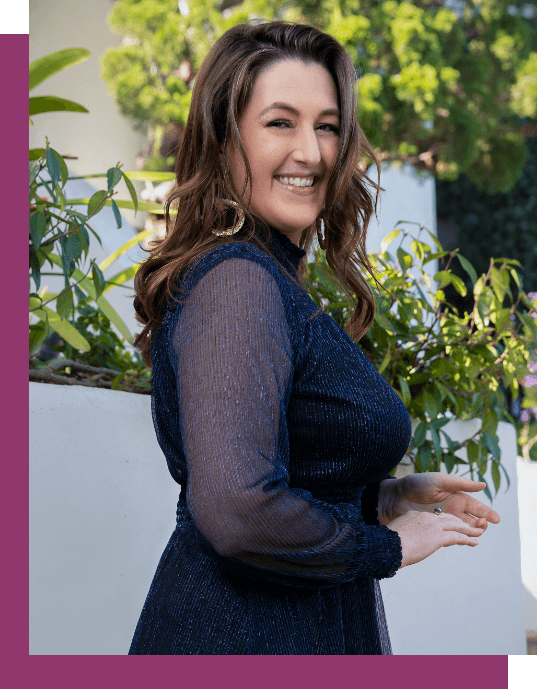
More Ways to Work with Me
Soul School: Journey Within
Break free from self-doubt and learn to trust yourself in any situation.
This intimate and intensive six-month online group program provides a carefully curated curriculum and experiential tools for intuitive and smart women who are ready to break free from self-doubt and trust themselves in any situation.
Magic Session
Magic literally happens here! You bring your question and I’ll bring intuitive insights and energetic tools that result in breakthroughs. Go beyond “learning” and experience an undeniable shift in how you see yourself and interact with others in a matter of minutes!
Books & Guided Audio Meditations
Intelligent, timely and empowering, these DIY programs, books, and guided audio meditations support you in gaining a deeper and richer understanding of why your buttons get pushed, disarm your triggers, and step up confidently in your personal and professional life.
You’re bold. You’re sophisticated. You’re brave. And you’re different.
The journey someone like you embarks upon is too epic to walk alone. Rising to what you’re meant for means surrendering all that keeps you from stepping into your rightful and earned place.
And that feels scary AF and takes courage.
Because you’re not here just to get by…
You’re here to feel alive, in control of and responsible in life and what happens. You’re here to become the person you know deep inside you were born to be.
If your life looks great on the outside, but feels like crap on the inside,
let’s talk.
No pressure, no pushing. Let’s just connect and see what happens.


